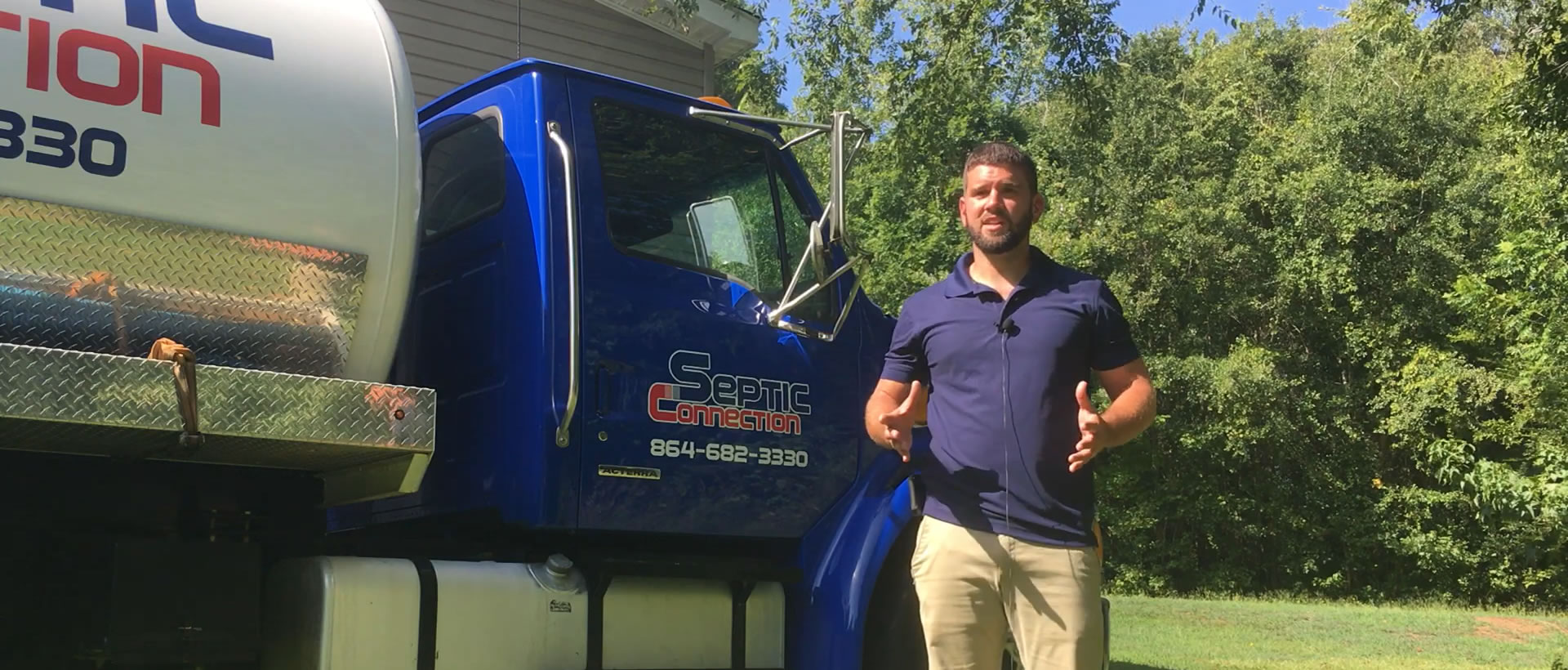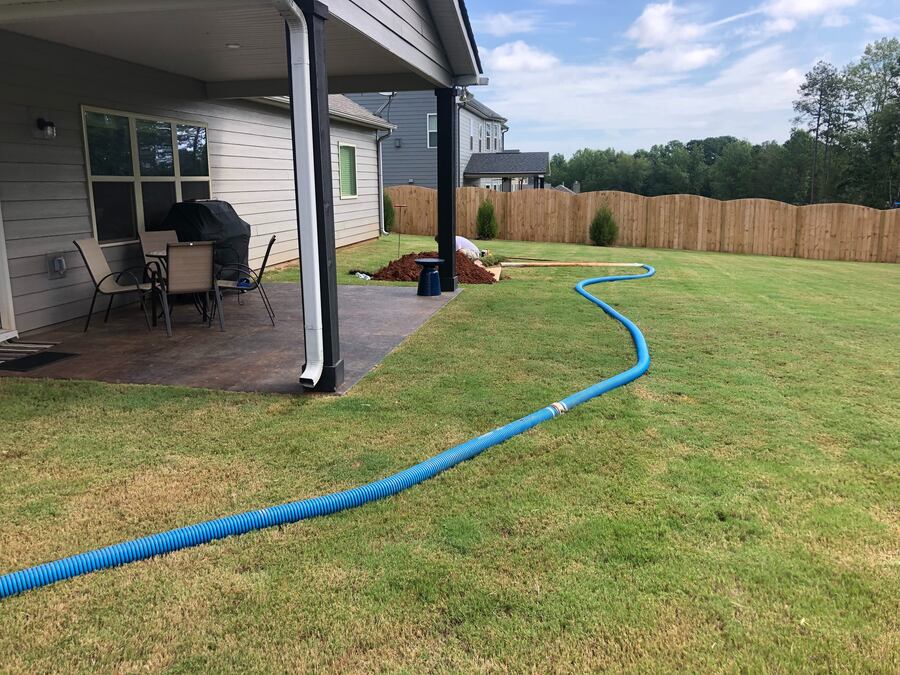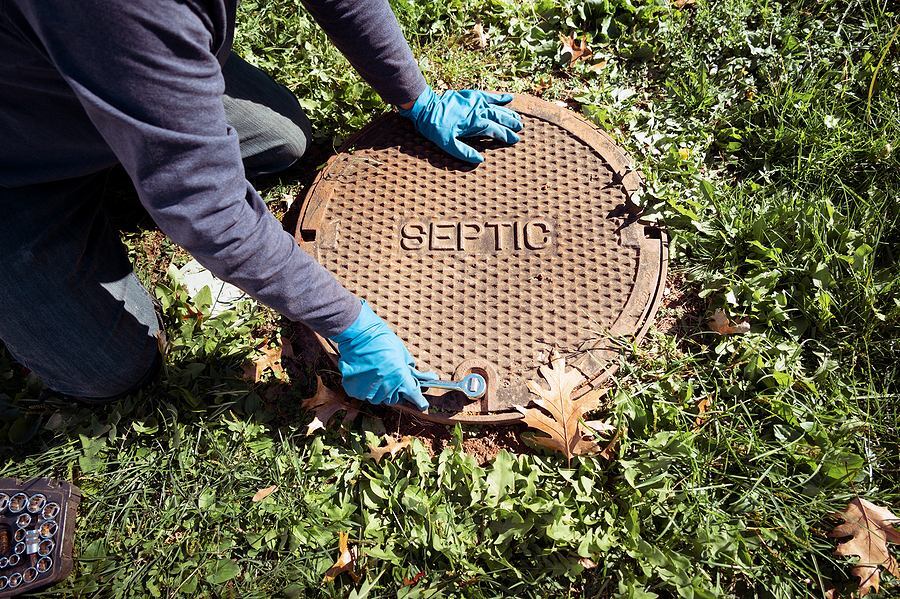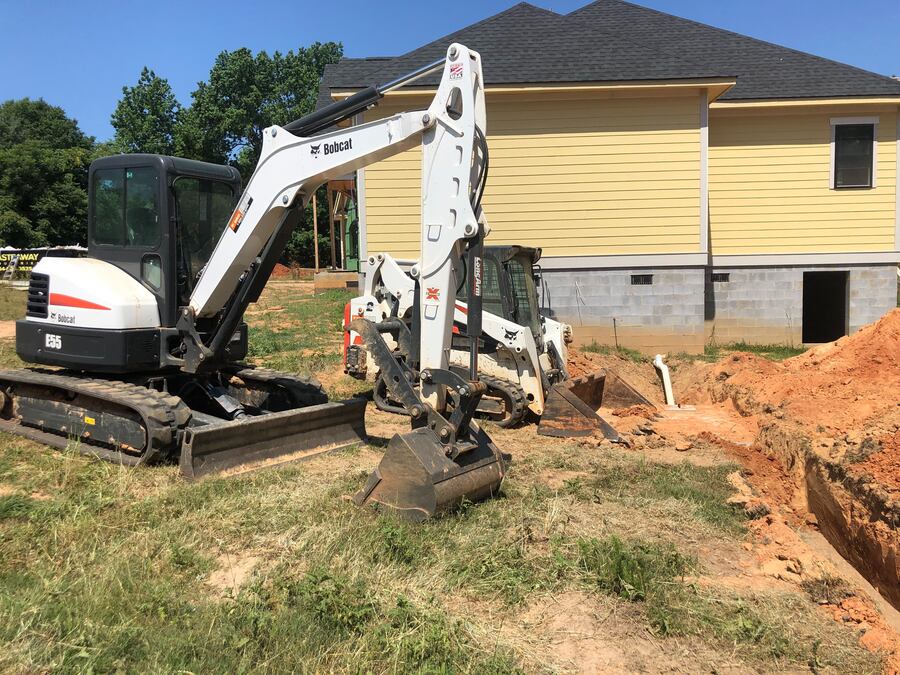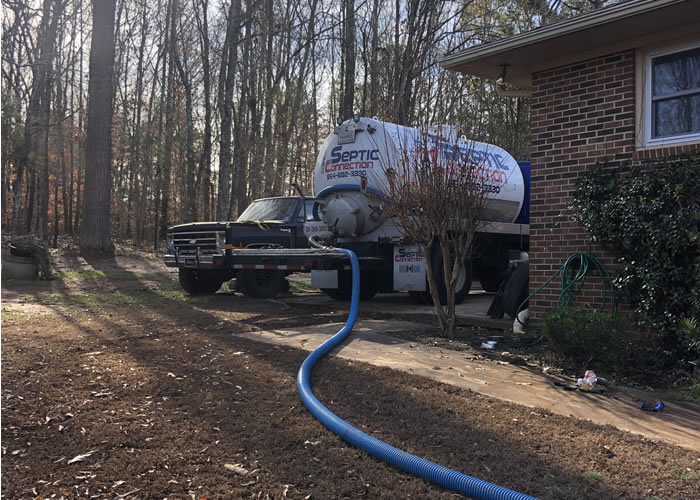
What to Expect During a Septic Tank Pumping Process
Did you know over 21 million households in the U.S. rely on a septic system for waste management? This is often the situation in the suburbs, where properties aren’t connected to a municipal sewer line. If this is the case in your home, routine septic tank pumping and maintenance is crucial. Septic Connection leverages innovative equipment and expertise to ensure quality services at competitive rates. While septic units can function for many years without signs of deterioration, delaying care causes further damage. Before hiring a septic company, it is essential to understand what to expect from the process.
How Often Should You Schedule Septic Tank Pumping?
Many people avoid routine septic pumping because it is rigorous and time-consuming. However, it is easier than you might expect. Even better, you only have to pump your system every three to five years. Homeowners may need emergency septic tank pumping for drain field pooling or drainage backups.
If you don’t watch what goes down the drains and don’t clean the system when it’s time, solid particles can accumulate in the tank and clog the drain field, causing unimaginable damage. The best way to avoid such scenarios and costly septic tank repair services is to work with a professional.
Septic Tank Pumping Steps
When you hire a septic company to pump your system, ensure they are certified and experienced before signing any paperwork. This goes a long way in ensuring everything complies with building codes and safety protocols. Here’s what to expect during a septic tank pumping job.
Find and Uncover the Tank’s Access Lid
Before any work starts, our technicians will pinpoint and uncover the access lid for better access. Most systems installed in the 1980s have separate compartments, and both lids must be exposed. The crew may require innovative tools to open the corroded and worn lids, but you must replace them in case of severe damage.
Pump the Tank
Septic technicians use a high-power hose connected to a vacuum truck to suck all the solid and liquid waste. The hose is powerful enough to remove all the debris, but sometimes a thick sludge will be left at the bottom. If you don’t pump your system regularly, the sludge can build up, causing unexpected malfunctions and expensive septic tank repair calls.
Cleaning
The best way to remove residue waste is to clean the tank’s interior with water. Hydro-jetting is a safe option for clearing the lingering solid particles without disrupting the naturally occurring bacteria. This also allows us to inspect the tank for signs of damage before things become more pronounced.
Visual Inspection and Tank Closure
After septic tank pumping and cleaning, the crew will visually inspect the interior and exterior for small signs of damage. They will also check the dividing wall and tank baffles before closing the lid and reburying the system. It is also essential to inquire about the next pumping or maintenance inspection before the technicians leave the premises.
Contact us at Septic Connection to learn more about the septic pumping process from the experts. We leverage industry-standard equipment and extensive knowledge to help you maintain an efficient system without breaking the bank.
 How it works
How it works
